- Home
- About
- Hospitals
-
Treatments
- Orthopedic & Spine
- Knee Replacement
- Carpal Tunnel Release
- Rotator Cuff Repair
- Meniscus Repair / Meniscectomy
- Total Hip Replacement (THR)
- Total Shoulder Replacement
- Arthroscopy
- Ligament Reconstruction
- Spinal Fusion
- Discectomy
- Laminectomy
- Spinal Decompression
- Vertebroplasty and Kyphoplasty
- Fracture Repair
- ACL Reconstruction
- Tendon Repair
- Osteotomy
- Amputation
- Pediatric and Adult Cardiac
- Neuroscience
- Oncology
- Nephrology & KTP
- Gastroenterology & Hepatobiliary
- Obstetrics and Gynaecology
- Infertility
- Dental & Maxillofacial
- Plastic & Cosmetic Surgery
- Rhinoplasty
- Blepharoplasty (Eyelid Surgery)
- Facelift (Rhytidectomy)
- Breast Augmentation (Mammoplasty)
- Breast Reduction (Mammoplasty)
- Breast Lift (Mastopexy)
- Liposuction
- Abdominoplasty (Tummy Tuck)
- Brazilian Butt Lift (BBL)
- Lip Augmentation
- Breast Reconstruction
- Cleft Lip and Palate Repair
- Scar Revision
- Burn Reconstruction
- Botox Injection
- Ophthalmology
- Otolaryngology (ENT)
- Endocrinology
- General and Minimal Invasive Surgery
- Pulmonology
- Rheumatology
- Urology
- General Medicine
- Ayurvedic Treatment
- Orthopedic & Spine
- Doctors
- Contact Us
Fracture Repair
Fracture Repair, also known
as Fracture Fixation or Osteosynthesis, is a medical procedure
performed to treat broken or fractured bones. The goal of fracture repair is to
stabilize the fractured bone fragments, promote proper alignment, and
facilitate the natural healing process of the bone. This procedure is performed
by Orthopedic Surgeons and can involve various techniques and surgical
approaches depending on the type and location of the fracture.
There
are two primary methods of fracture repair:
Non-Surgical (Conservative) Treatment:
Not all fractures require surgical intervention. Many fractures can be
successfully treated without surgery, particularly if the broken bone fragments
are well-aligned and stable. Non-surgical approaches to fracture repair
include:
Casting: The affected limb is
immobilized in a cast or splint to maintain proper alignment and stability
while the bone heals. This is commonly used for certain types of simple
fractures, like some wrist or ankle fractures.
Bracing: A brace or external fixation
device is used to support and stabilize the fractured bone.
Traction: Traction involves applying
continuous pulling force to the fractured bone to help maintain alignment.
Surgical Fracture Repair:
Surgical intervention is necessary when the fracture is displaced (bone
fragments are not properly aligned), unstable, or when conservative treatments
are unlikely to achieve optimal healing. Surgical fracture repair techniques
include:
Open Reduction and Internal Fixation (ORIF):
In ORIF, the surgeon makes an incision to expose the fracture site, repositions
the bone fragments to their normal alignment, and uses hardware such as plates,
screws, pins, or rods to hold the fragments in place. This is commonly used for
complex fractures, long bone fractures, and fractures that involve joint
surfaces.
Intramedullary Nail (IM Nail):
This procedure involves inserting a metal rod (nail) into the center of a long
bone, such as the femur or tibia. The nail helps stabilize the bone and promote
healing.
External Fixation:
In this technique, metal pins or wires are inserted through the skin and into
the bone fragments on both sides of the fracture. These pins are then connected
to an external frame to maintain alignment and stability.
Percutaneous Pinning:
This minimally invasive procedure involves inserting pins through the skin and
into the bone to stabilize the fracture.
The choice of fracture repair method depends on
several factors, including the type and location of the fracture, the age and
overall health of the patient, and the surgeon's judgment. After fracture
repair, patients typically undergo a period of immobilization, followed by
physical therapy or rehabilitation to help regain strength, range of motion,
and function in the affected area. The exact recovery process and timeline
depend on the specific fracture and surgical technique used.



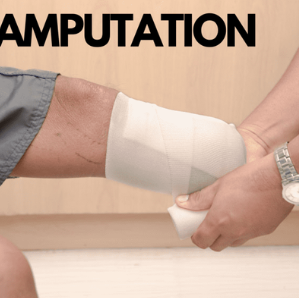
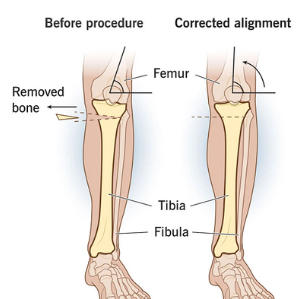


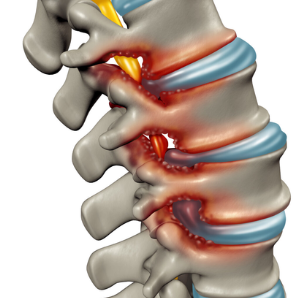
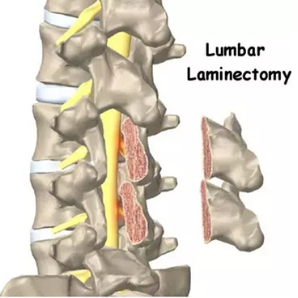
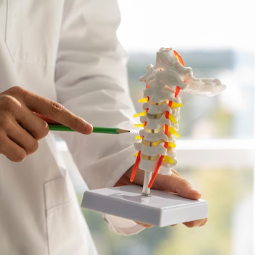
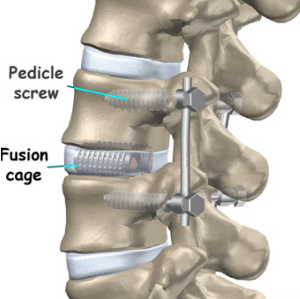
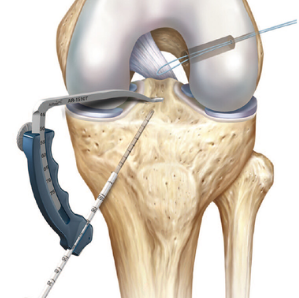
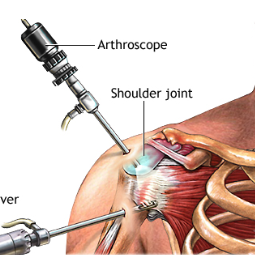
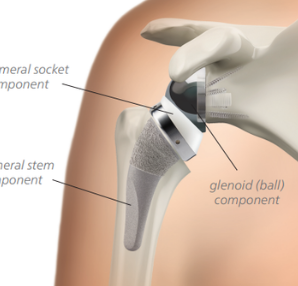
.png)